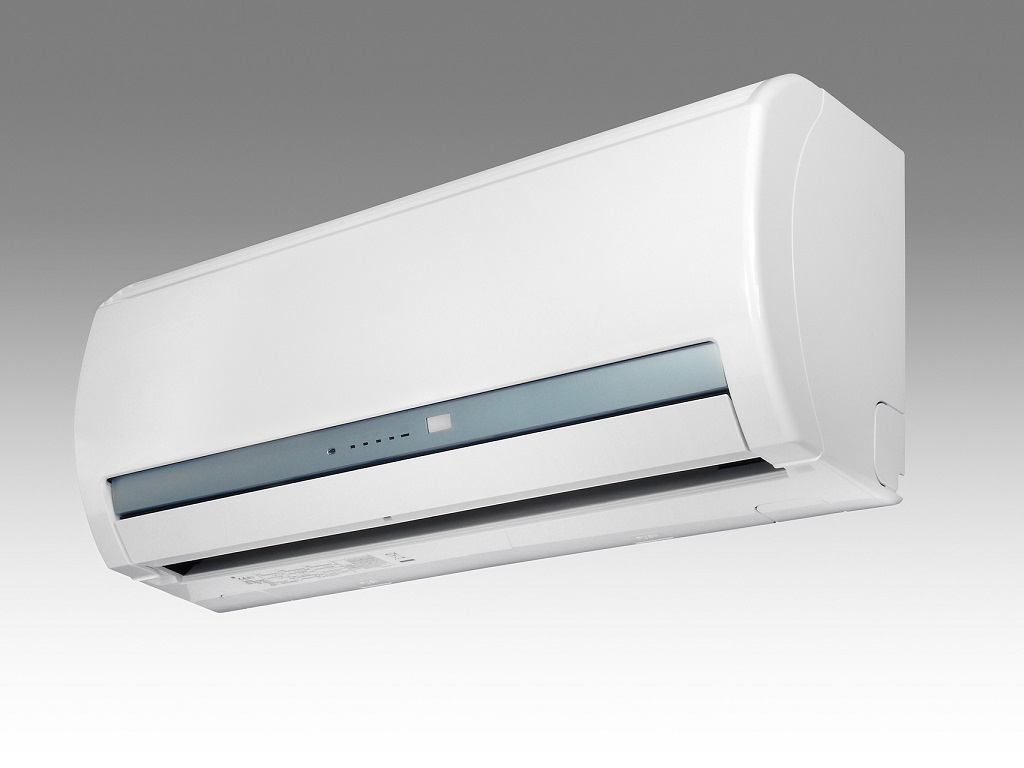
Choosing the right laptop screen size impacts your overall experience. From compact and lightweight options to larger displays that offer increased productivity, finding the perfect balance between portability and screen real estate is essential. In this blog, we will explore the factors to consider when selecting a laptop screen size and help you determine the ideal size that aligns with your needs, preferences, and usage patterns.
Assessing Your Needs and Usage
Start by assessing your needs and how you intend to use your laptop. If you’re constantly on the go and prioritize portability, a smaller screen size, such as 11 to 13 inches, may suit you. These laptops are lightweight and easy to carry but may have a trade-off in terms of display real estate. On the other hand, if you require a larger workspace for multitasking, content creation, or gaming, a screen size of 15 to 17 inches provides ample room for productivity and immersive experiences.
Portability vs. Productivity
Consider the trade-off between portability and productivity when choosing a laptop screen size. Smaller laptops are highly portable and convenient for traveling, working in tight spaces, or carrying backpacks. They are also energy-efficient and often have longer battery life. However, they may have limited screen space, impacting multitasking and content consumption. Larger laptops offer a more immersive experience, better visual clarity, and enhanced productivity for tasks that require multiple windows or precise editing. Remember that they tend to be heavier and less portable, which may impact mobility.
Display Resolution and Clarity
Another critical factor to consider is the display resolution and clarity. A higher resolution ensures sharp and crisp visuals, making reading text, viewing images, and working with finer details easier. For smaller screens, such as 13 to 14 inches, a Full HD (1920 x 1080 pixels) resolution generally suffices. However, if you opt for a larger screen, consider a higher resolution, such as QHD (2560 x 1440 pixels) or 4K (3840 x 2160 pixels), for enhanced clarity and a more immersive visual experience.
Ergonomics and Eye Comfort
Ergonomics play a vital role in ensuring comfortable and healthy laptop usage. A larger screen allows for better spacing between icons and windows, reducing eye strain and improving productivity. Additionally, consider the aspect ratio of the display. While the traditional 16:9 aspect ratio is standard, laptops with a 3:2 or 16:10 ratio offer more vertical space, ideal for browsing web pages, reading documents, or coding. Remember to consider the overall weight and dimensions of the laptop as well. These factors can impact your posture and comfort during extended periods of use.








